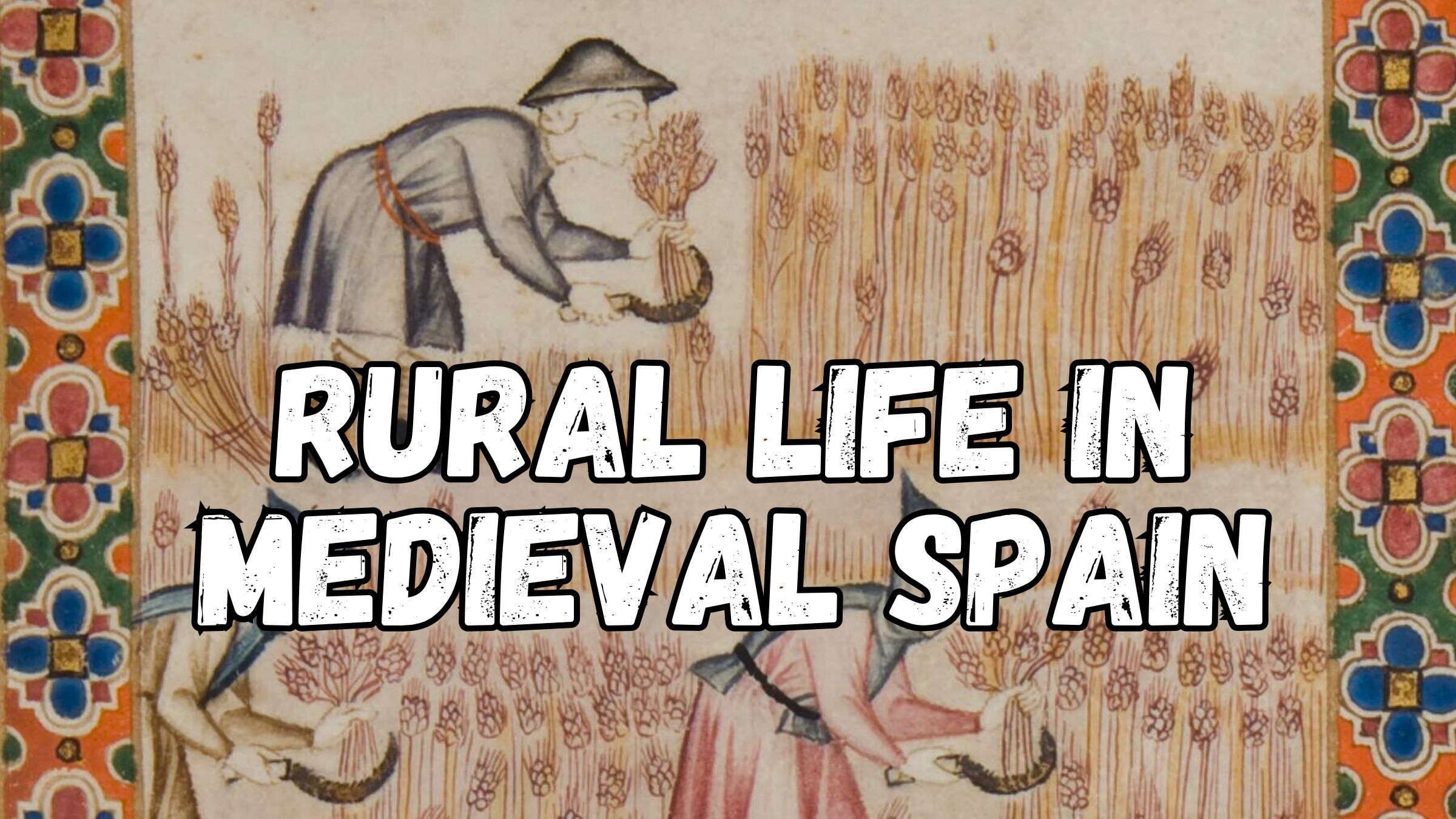
"Archaeology offers a window into how the Reconquista reshaped daily life across the Iberian countryside. Excavations in Valencia and Granada reveal how irrigation systems, farming communities, and fortified villages adapted as Christian rule spread south - transforming centuries of Islamic rural culture into a new medieval landscape. The history, culture, geography and climate of the Iberian Peninsula are varied. The climates of modern-day Spain and Portugal, which face the Mediterranean and the Atlantic, respectively, are significantly different and must be factored in."
"While northern and north-western regions, like Santiago de Compostela, experience an oceanic damp climate, southern and south-eastern regions, such as Valencia and Granada, have a much drier Mediterranean climate. Furthermore, the proximity of Islamic Valencia and Granada to Islamic North Africa also results in a variation in the material culture compared to the Christian north. Therefore, the implementation of cultural influences from the early Islamic period historically differs from those of later Christian influences."
"as the Christian advance moved south between the 12th and 15th centuries, European influences on these regions began to grow, altering the use of material culture within the rural context. This brought such regions closer to 'western' European styles rather than Islamic. These European influences ultimately varied between the two regions, as Granada was 'Islamised' for a much longer period than Valencia."
Archaeological excavations in Valencia and Granada reveal changes in irrigation systems, farming communities, and fortified villages as Christian rule expanded south, transforming longstanding Islamic rural practices into a new medieval landscape. Climatic contrasts across the Iberian Peninsula — oceanic damp conditions in the north versus drier Mediterranean conditions in the south and southeast — influenced agricultural strategies and material choices. Proximity of Valencia and Granada to North Africa sustained Islamic cultural ties and distinct material culture compared with the Christian north. European influences increased between the 12th and 15th centuries, shifting rural material culture toward western European styles, with Granada retaining Islamic traits longer than Valencia.
Read at Medievalists.net
Unable to calculate read time
Collection
[
|
...
]